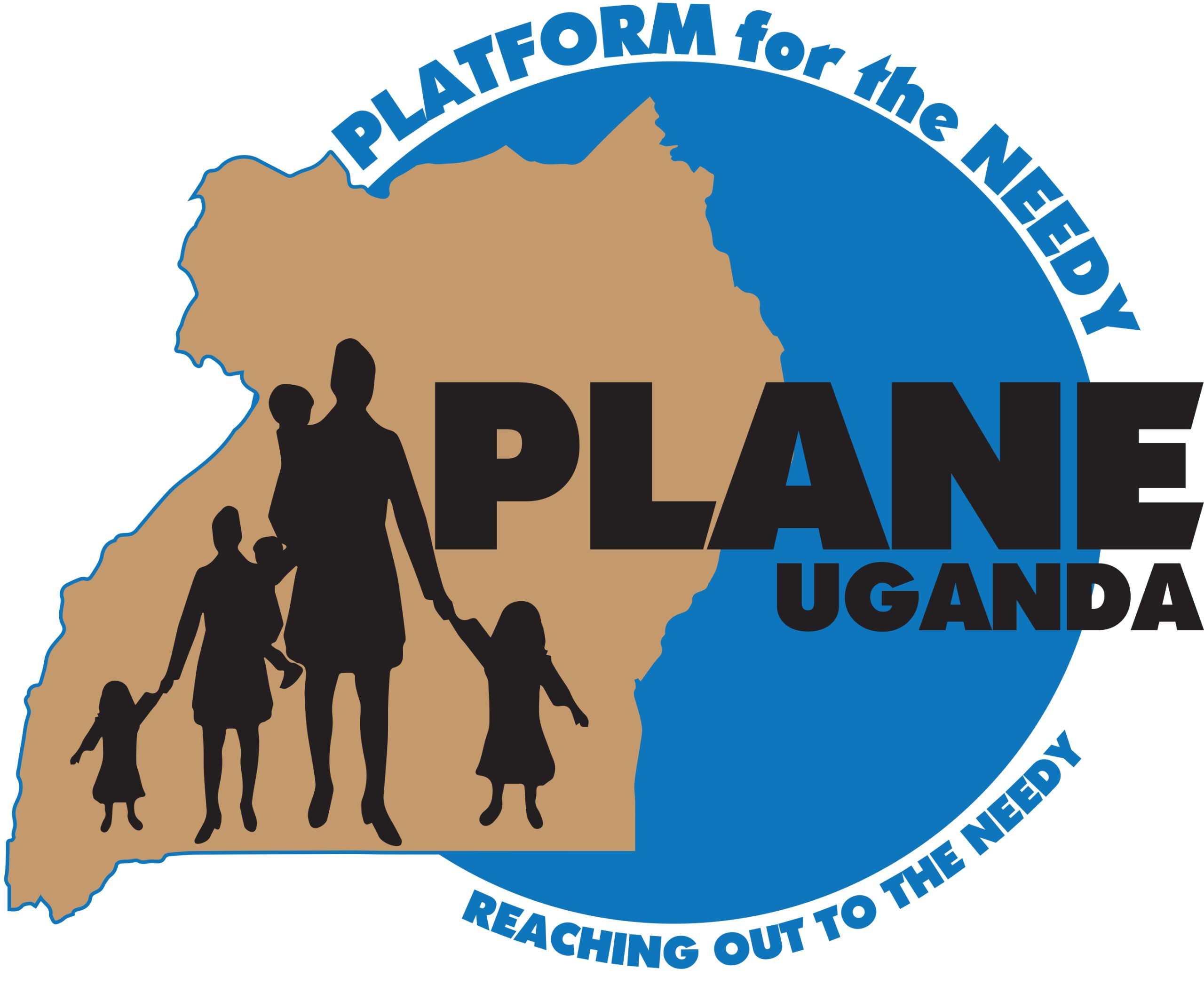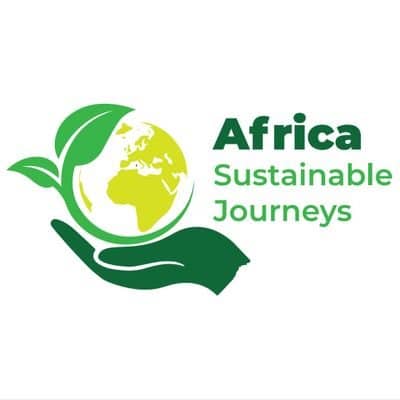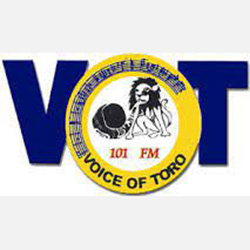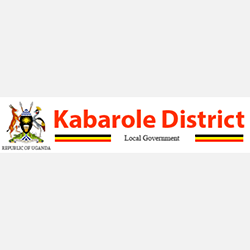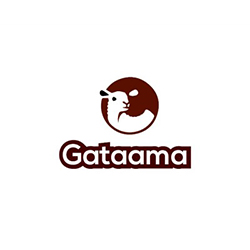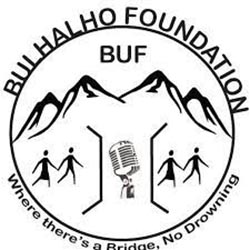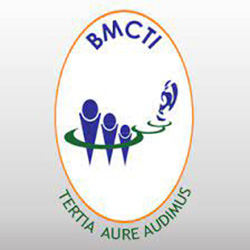Lack of adequate school infrastructure in Ntoroko district, Rwenzori region of Western Uganda has made teaching and learning cumbersome leaving some children run out of school.
According to education officials, poor infrastructure in schools has fueled a high dropout rate of learners in the district that was curved out of Bundibugyo district in 2010.
Many schools lack sufficient and decent classrooms, latrines and water facilities.
Ntoroko district has 37 government aided primary schools and three secondary schools.
Uganda Government has a policy of constructing government aided primary schools in every parish. However, out of 48 parishes in Ntoroko district, 15 have no single primary school. Out of 10 sub counties, only 3 have secondary schools.
Government aided primary schools such as Umoja and Bwizibwera have no permanent latrine. They use temporary latrines.
Primary schools such as Buneera, Umoja, Bwizibwera, Rwensenene, Nyakatoke, Kiranga, Kanyamukura, Ntoroko, and Kamuga have inadequate classrooms for learners while other classes are incomplete.
Classrooms:
Kamuga, Bwizibwera, karunga and Nyamutema Primary schools have 4 complete classes out of 7 recommended classrooms while Musadama, Kabimbiri, Haibale, Kibuuku, Kasozi lack any water source in the school.
The Umoja primary school head teacher Mr Benson Atujuna said, the school that is supposed to have seven classrooms has only four while the other three classes are in a sorry state that cannot accommodate pupils for learning.
He said government only completed the construction of four classrooms while three classes remain incomplete with no windows, doors and the floor is not cemented.
“When it rains, we shift all pupils in incomplete classes to other classes and you find congestion in one classroom accommodating about pupils of five classes. At times, the pupils are sent home before it rains,” He said.
Atujuna said the school has no single permanent latrine. Teachers and learners are using three temporary toilets which get congested during break time.
“How can you run a school without permanent toilets and other facilities like water? When it rains, all these temporally toilets get full of water and leaners fear to use them” Atujuna added.
He said the school buys a Jerrycan of water at Shs 1,000 from Kanara landing site on Lake Albert. “The cost of Shs 1,000 per day is expensive,” the school authorities said.
After visiting toilets, the pupils want to wash hands and girls desire to change their sanitary towels during their menstrual periods but they lack changing rooms.
The Bwizibwera primary school head teacher Mr Hillary Barisigara said for over seven years they have been using a temporary toilet that has five stances which was abandoned some time back because of being in sorry state. Despite still being in a bad state, the pupils have no alternative but using it.
He said two years back Ntoroko district local government constructed a temporary toilet at the school but it was destroyed by the floods and since then they resorted to using the old toilet which they had abandoned.
Mr Barisigara said girls use the same toilet with boys yet the girls use the same to exchange their pads during their menstruation periods.
The girls, he said, are uncomfortable going there fearing to meet their counterparts.
“Out of that discomfort, some girls end up dropping out from the school,” he said.
School Drop Outs Rate:
At Itojo primary school, for the last three years school dropout has been manifested as most pupils enrolled don’t complete a year.
In 2015, a total of 415 pupils were enrolled for the first term but only 378 completed their third term.
In 2016 pupils dropped from 414 to 380 while in 2017, they dropped from 485 to 472.
At Ntoroko primary school, in 2017 a total of 795 pupils was enrolled at the beginning of the first term but only 673 completed that term.
The head teacher Kibuku primary Ms Seith Katusabe said leaners drop out from the school during the beginning of the term and come back towards end of the term to do exams and this makes them perform badly academically.
The head teacher Ntoroko primary school Ms Margaret Ahurra said a total of 783 pupils completed first term and the number dropped to 724 in the second term.
The Ntoroko district Senior Education Officer Ms Moreen Kusemererwa said some pupils and students walk over 20 kilometers from Kibuuku town council to Karugutu town council or Rwebisengo town council in order to access a secondary school. She attributes the problem to trekking long distances and lack of infrastructure.
Some Interventions:
The Ntoroko district Chief Administrative Officer Mr Simon Bimbona in April 2018 wrote the concept paper to the permanent secretary ministry of education and sports seeking the special consideration for funding in the education department.
The concept paper highlighted inadequate infrastructure in schools like classrooms, toilets, water sources and staff houses.
“Many schools don’t have enough classrooms. Quite a number of them have un-completed classrooms, the state in which we inherited them from Bundibugyo district in 2010 is alarming,” The Statement reads.
He added that other classrooms are already very old.
“Both the uncompleted and the old structures either do require renovation or completion or construction of new structures so that children can have a conducive classroom learning environment,” The concept paper reads in part.
The district budget for the last three years has been prioritizing the education sector.
In the 2017/18 financial year, Shs 3.4 billion was allocated for the education sector but this year F/Y 2018/2019, the budget was reduced to Shs 3.3 billion.
Ntoroko Status:
Ntoroko district was carved out of Bundibugyo district and became operational on July 1, 2010. It comprises of six Sub Counties of Karugutu, Rwebisengo, Kanara, Nombe,
Bwerangule and Butungama and three town councils of Karugutu, Kanara and Rwebisengo.
Majority of the people in the district are pastoralists while others carry out fishing as an economic activity at Kanara landing site on Lake Albert.
The District is bordered by the Democratic Republic of Congo DRC to the west and north, Hoima district to the north-east, Kibaale to the east, Kabarole to the south, and Bundibugyo in the southwest.
